Malaysia-China Cooperation: Sincere, Practical, and Powerful
China ASEAN Business | Thematic Report of the 50th Anniversary of China-Malaysia Diplomatic Relations
The tree of friendship has been planted since then and grown taller and stronger since the establishment of Malaysia-China diplomatic relations. Over the past five decades, the two sides have strengthened exchanges and secured remarkable achievements in culture, education, and tourism, which reached a historic record.
Nowadays, the tree of friendship continues to thrive. People-to-people exchanges between Malaysia and China have been injecting fresh impetus to the friendly bilateral cooperation.
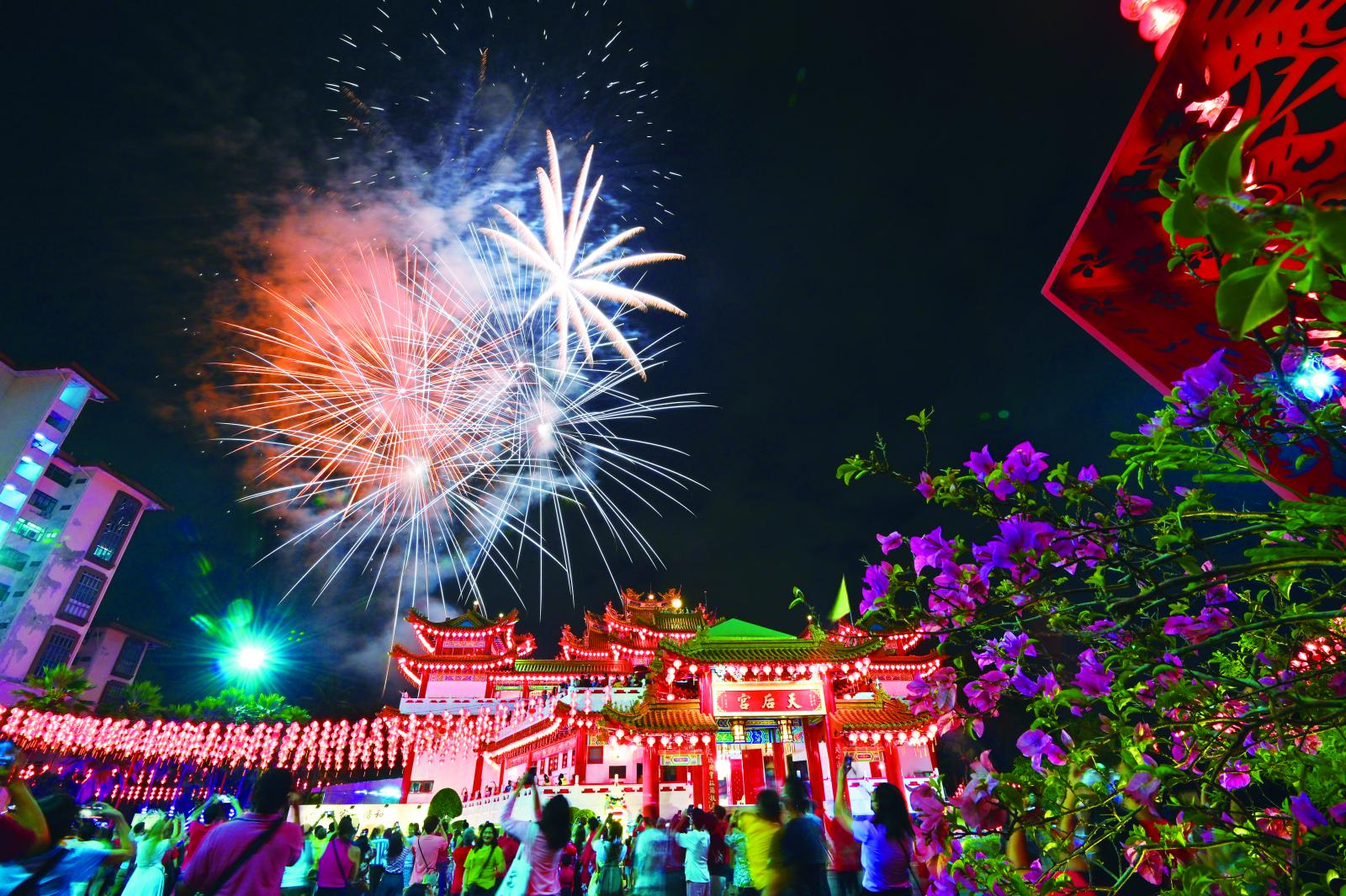
Getting closer to each other through culture
Over the past five decades, cultural exchanges have been one of the most essential ways for Malaysians and Chinese to gain insights into each other’s countries. From the spread of literature, films, and TV works to the promotion of folklore and art, cultural exchanges serve as an invisible but powerful hand, pulling the two peoples closer to each other.
On the occasion of the 50th anniversary of Malaysia-China diplomatic relations, Malaysia has prepared colorful activities for cultural exchanges to celebrate such a special moment, such as the 1st China-Malaysia Film Culture Festival, a poetry writing competition with the theme of “Malaysian and Chinese cultures in the eye of Malaysian children,” and the “Malaysia-China Friendship Night” & the 2024 Malaysia-China Youth Arts Festival.
These activities demonstrate that the current cultural exchanges between the two sides are not only richer in terms of form but also more creative and pragmatic as for content, which has a bearing on the role and significance of cultural exchanges.
Great efforts have been made to deepen Malaysia-China cultural exchanges over the past 50 years, especially the spread and promotion of books, which has helped the peoples of the two sides better understand each other’s cultures and societies.
At the 40th Kuala Lumpur International Book Fair held in 2023, Malaysian visitors were able to experience the charm of Chinese culture from close range through exhibitions and over 30 cultural exchange activities co-organized by Malaysia and China. In 2024, Han Culture Centre Malaysia and Beijing Publishing Group jointly recommended 50 quality Chinese books to teenagers of the two countries, which effectively built a bridge between Malaysian teenagers and Chinese culture.
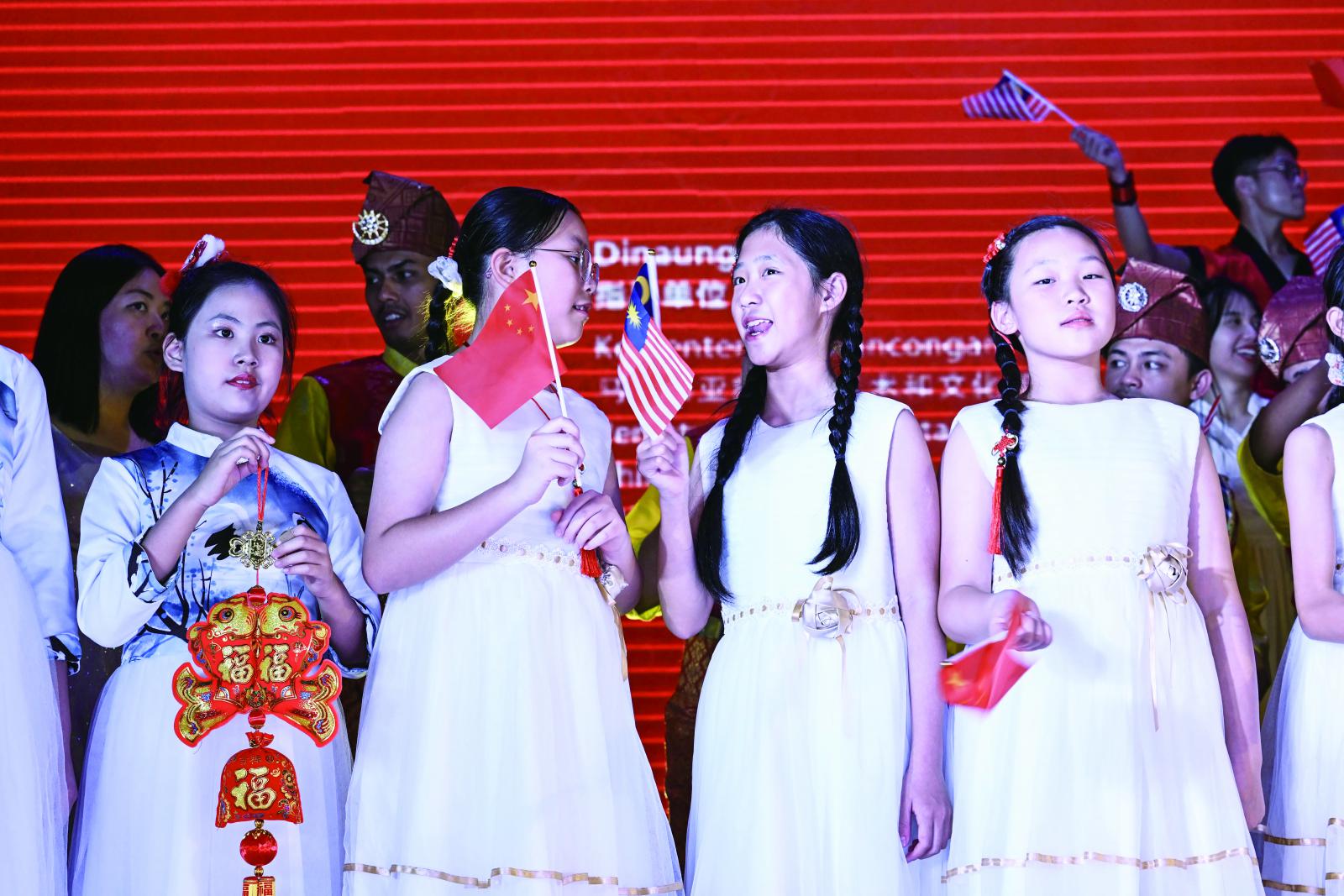
Meanwhile, cultural exchanges have boosted the development and popularity of the culture of Malaysian Chinese. For instance, the “24 Festive Drums,” a drum performance originating in southern China, was gradually spread around China including Fujian Province and recognized as an intangible cultural heritage of Malaysia after the re-creation of Malaysian Chinese. In addition, the Wangchuan ceremony and related practices, nominated by Malaysia and China, were inscribed on the UNESCO Representative List of Intangible Cultural Heritage of Humanity, which promoted cultural exchanges between the two countries and enabled the culture of Malaysian Chinese to make a brilliant appearance on the world’s stage.

Malaysia is a multiethnic and multicultural country. Its culture is derived from diversity, and so is its charm. Since China is also a country with abundant cultural resources, Malaysia has gained more opportunities to “embrace diversity” through close cultural exchanges with China.
Boosting development through education
Education has been the most relevant and important factor in the economic and cultural development since the establishment of Malaysia-China diplomatic relations. It has provided a strong talent pool for both Malaysia and China, enhanced friendly exchanges between teachers and students of the two countries, and boosted sound economic and cultural development.
The two countries have gained fruitful results in educational cooperation over the past five decades. In terms of overseas education, the number of Chinese students studying in Malaysia has been climbing year by year, with an annual growth rate of about 15% to 20%. “Currently, Malaysia has admitted 131,000 international students, of which over 40,000 are Chinese,” said Mustapha Sakmud, Deputy Minister of Higher Education of Malaysia, in March 2024.
In the eye of Chinese students, Malaysia is a cultural melting pot, where many of the Global 500 companies gather. Most of them have their regional headquarters of Southeast Asia in Malaysia, which has created an ideal environment for overseas students to broaden their international outlook and learn about different cultures.
Moreover, affordable tuition fees, plentiful internship jobs, and quality resources of higher education are the main factors that draw Malaysian students to study in China.
In terms of international cooperation, Malaysia signed cooperation agreements with numerous Chinese colleges and universities. Founded by the government of Malaysia and Xiamen University of China in 2013, Xiamen University Malaysia is the first wholly-owned overseas branch campus set up by a renowned Chinese university with an independent campus. It is also acclaimed as a bright pearl on the Belt and Road.
As the bilateral cooperation in education has been deepened, the two countries dive into the promotion of vocational education, joint scientific research, and digital education. More and more education platforms have mushroomed, such as the China-Malaysia Institute of Science and Technology Innovation and the China-Malaysia Cooperation and Exchanges Center of China Education Online. Educational activities have come down the pike, such as the China (Yunnan)-Malaysia Higher Education Dialog and the 2024 Malaysia-China Youth Innovation Competition.
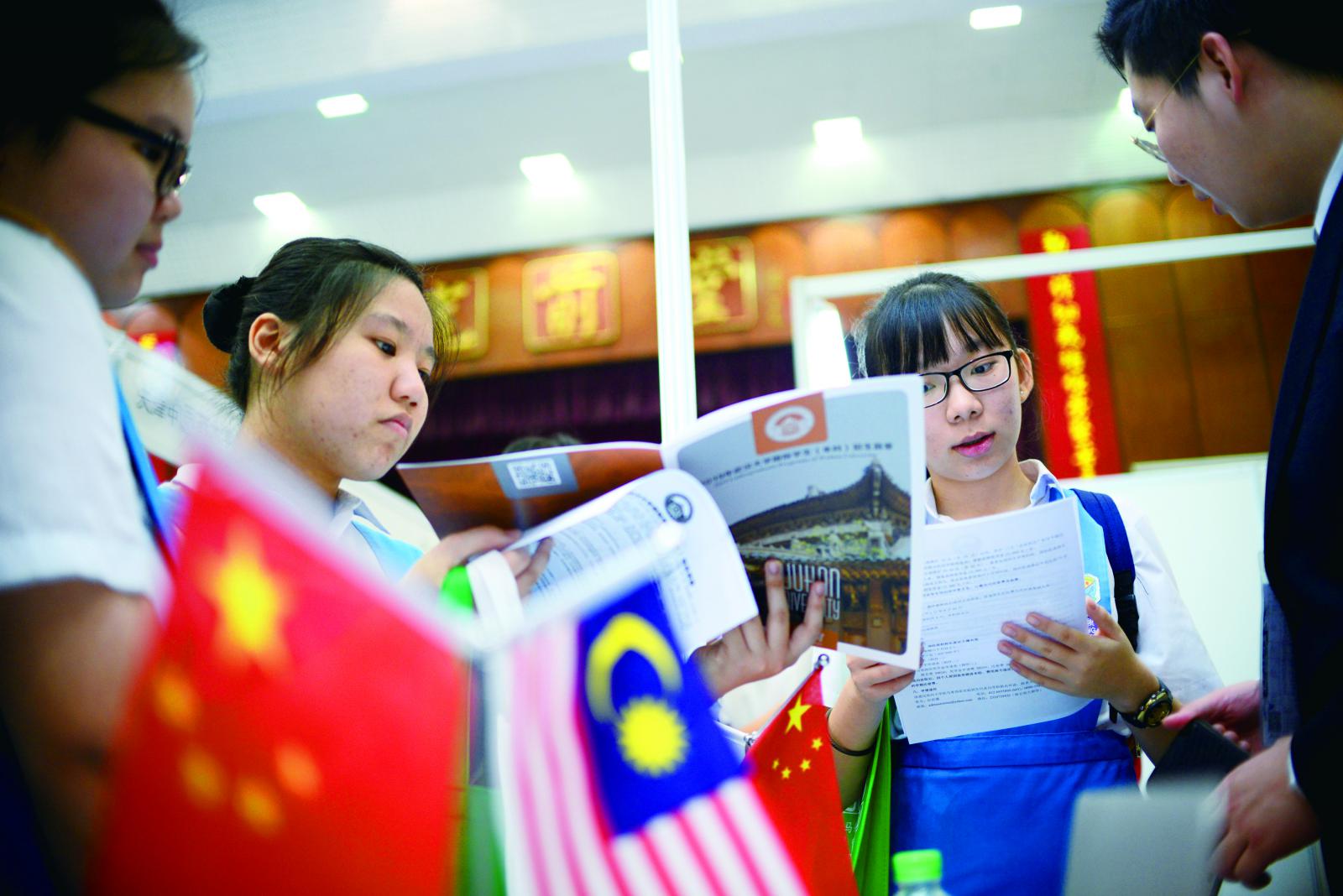
The 50-year educational cooperation has contributed to the in-depth exchanges and mutual learning between the two countries and developed numerous globally-minded individuals with a high level of competence in intercultural communication. It should be noted that the impact of educational cooperation is far more than what we have seen, since it has played an increasingly significant role in boosting economic and social development.
Strengthening exchanges through tourism
It has been six months since the mutual visa-exemption agreement between Malaysia and China was introduced at the end of 2023. Both Malaysian and Chinese staff working in the tourism and aviation industries and tourists pointed out that the visa-exemption policy has further strengthened people-to-people exchanges and enhanced mutual understanding between the two countries.
“The policy indeed has a profound influence on people-to-people exchanges between China and Malaysia. We encountered many Malaysian Chinese who returned to their hometowns for family visits and relative-seeking. We can experience their great affection for China, their homesickness, and their aspiration for seeking root and carrying forward local culture,” said Gao Yashuang, general manager of the Kuala Lumpur Office of Xiamen Airlines.
One can attribute the thriving tourism of Malaysia and China to their respective rich tourism resources and well-developed infrastructure. However, policy support and favorable conditions provided by the governments of Malaysia and China are also indispensable for facilitating the development of tourism. It is impossible to secure remarkable achievements without the huge benefits of bilateral cooperation in tourism.
Malaysia has long been a popular destination for outbound Chinese tourists. Official statistics from the Malaysian government show that more than 3 million Chinese tourists went travelling to Malaysia in 2019, accounting for nearly 12% of the total number of international tourists in Malaysia and contributing 17.8% of the country’s tourism revenue.
Despite the shock wave of the COVID-19 pandemic, Malaysia has been proactive in cooperating with China and rolled out a series of policies and activities to vitalize tourism. The Ministry of Tourism, Arts and Culture of Malaysia, Tourism Malaysia Corporate, and 68 related organizations jointly arranged road shows in cities including Beijing, Shanghai, and Chongqing around China.
On February 25, 2024, Malaysia attracted over 5,000 Chinese tourist groups during the holidays of the Chinese Lunar New Year. More than 100,000 Chinese tourists went on a trip to the country, representing a year-on-year increase of 50% and creating an economic benefit of 1 billion to 1.5 billion ringgit for Malaysia.
Tourism has not only stimulated economic growth but also strengthened people-to-people exchanges between Malaysia and China. During the holidays of the Mid-Autumn Festival and National Day in 2023, many Chinese tourists came to visit the historic Jonker Walk, where Zheng He set up an official trading post when he sojourned in Malacca. Nowadays, thousands of well-preserved century-old shophouses in the style of Lingnan (southern China) and southern Fujian become a window on Chinese history and culture.
From time-honored cultural exchanges to significant educational cooperation and booming tourism, Malaysia-China people-to-people exchanges are sincere, practical, and powerful. Within the context of high-quality development of the Belt and Road Initiative, the “voice” of people-to-people exchanges must be heard in the “chorus” of a shared future.
The article is a composite of information from sinchew.com.my, Nanyang Siang Pau, Xinhua News Agency, and People’s Daily.
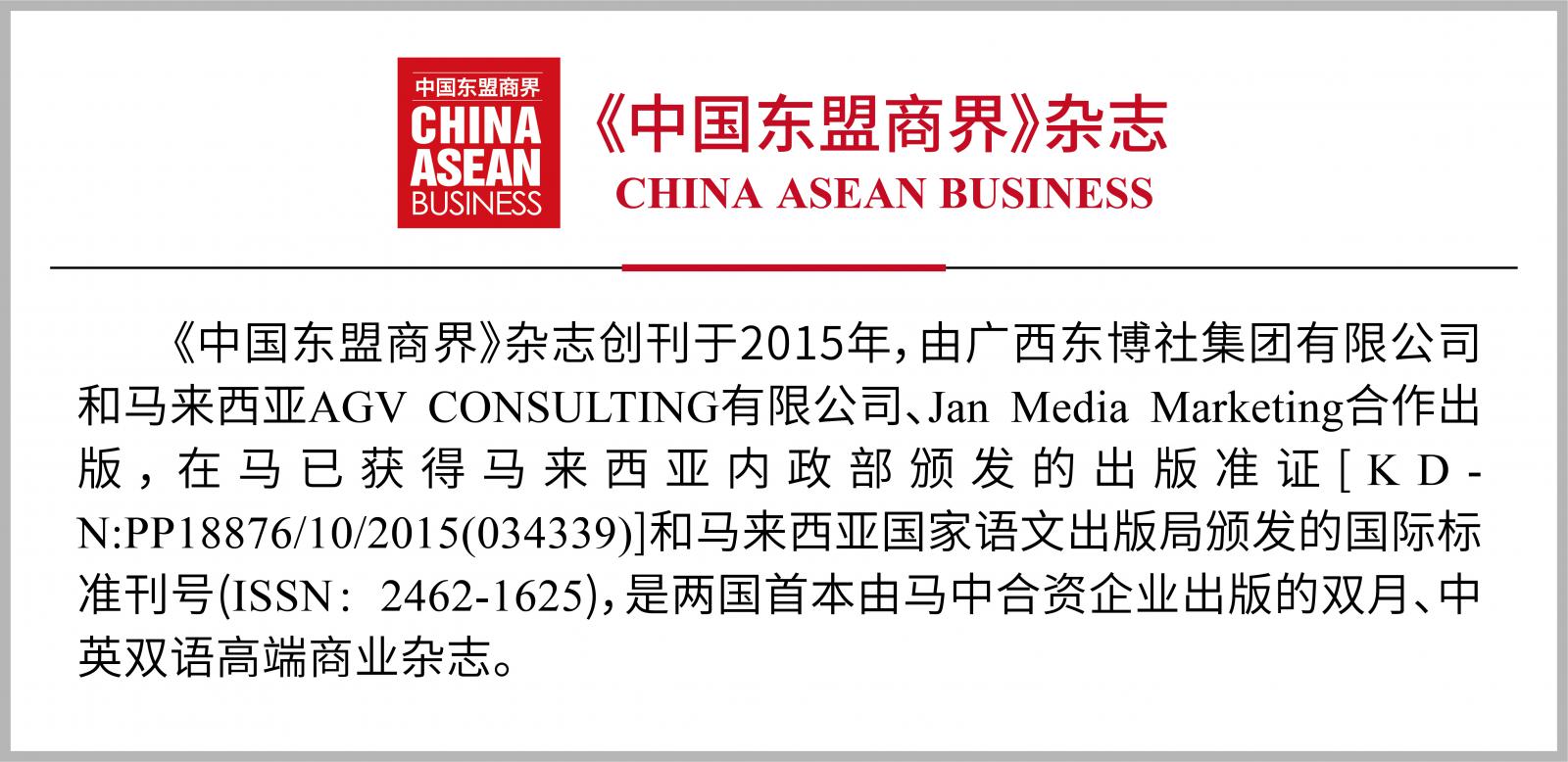
来源:《中国东盟商界》杂志
文:唐 琪
翻译:陈翊嘉
审定:黎 敏
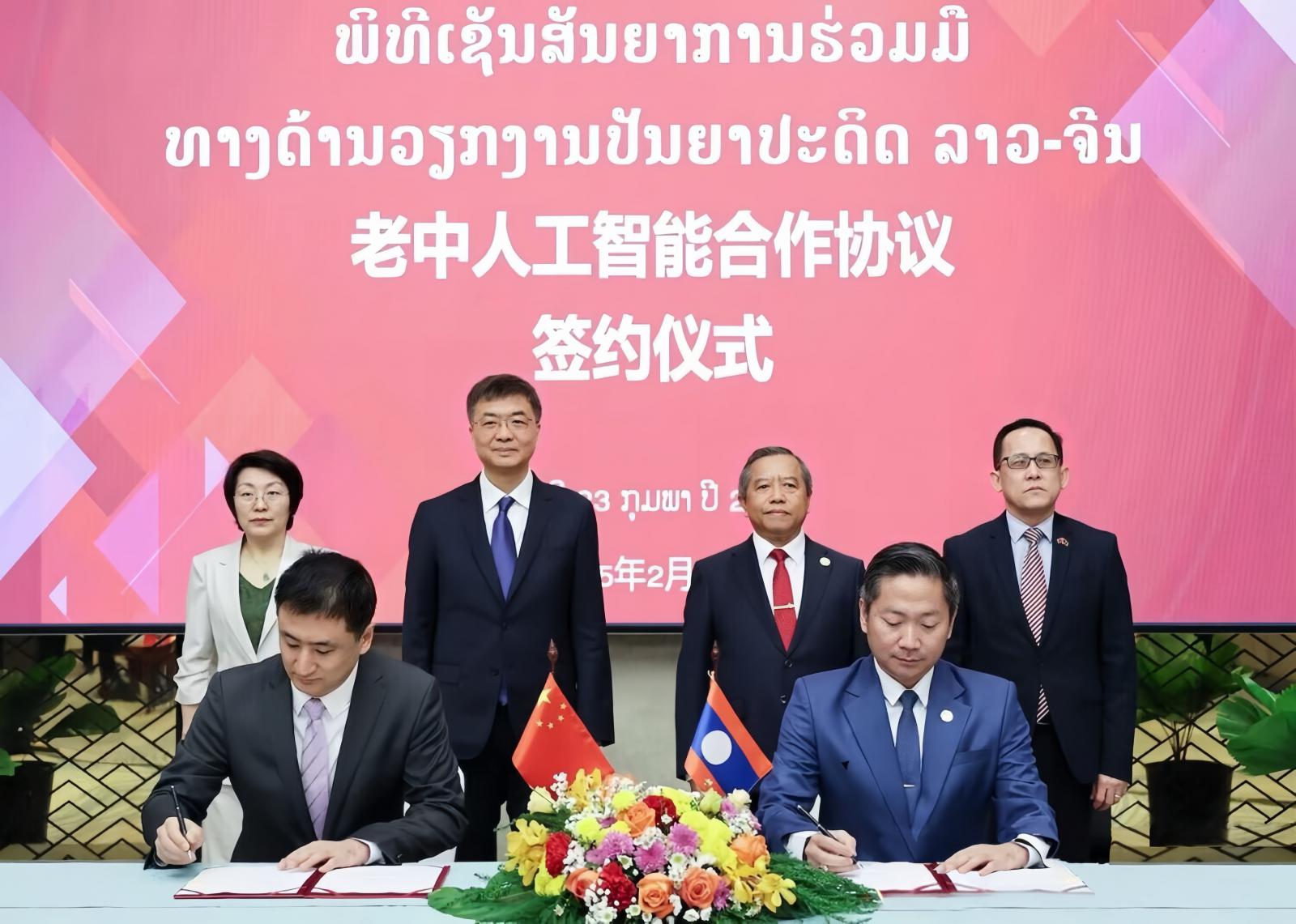 Guangxi Joins Hands
Guangxi Joins Hands

 桂公网安备 45010302000186号
桂公网安备 45010302000186号